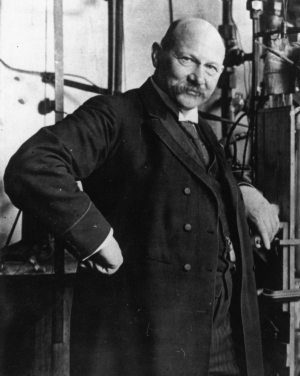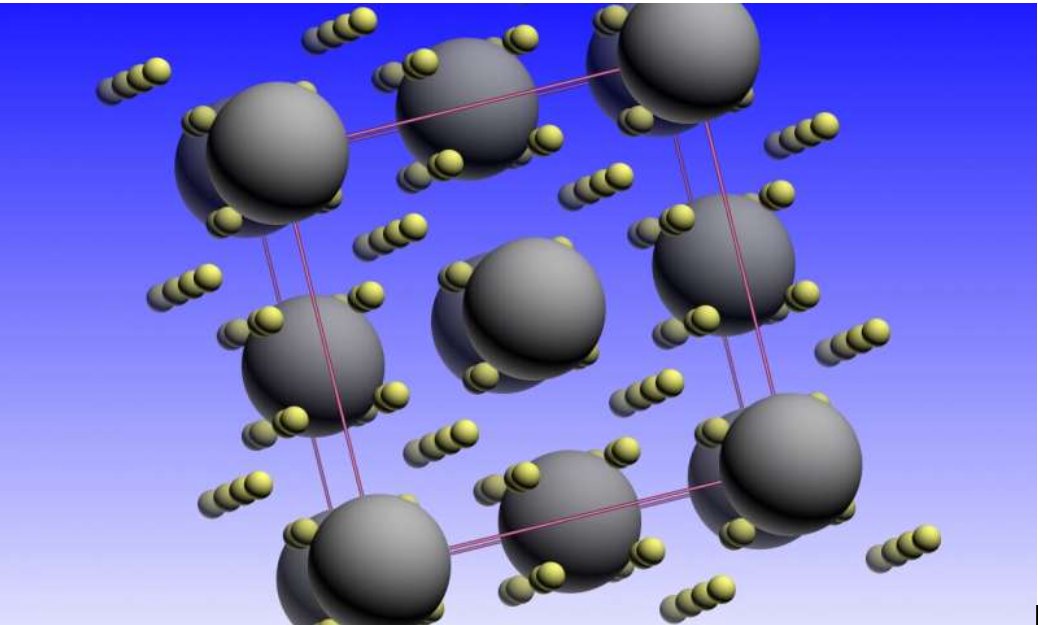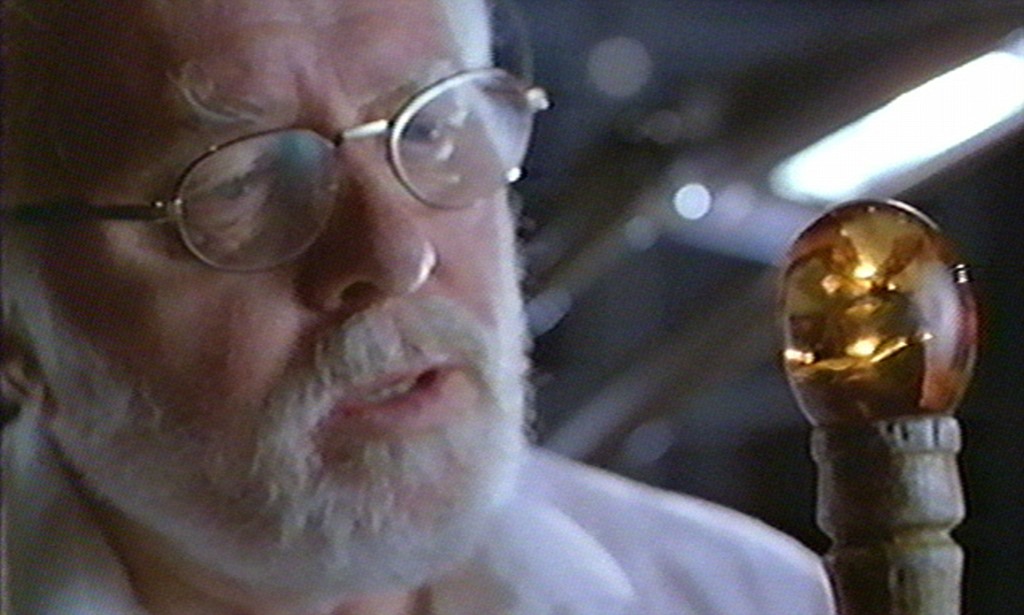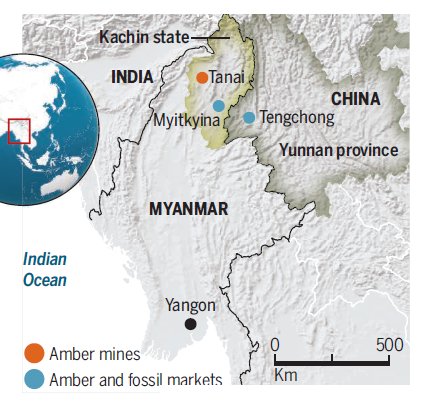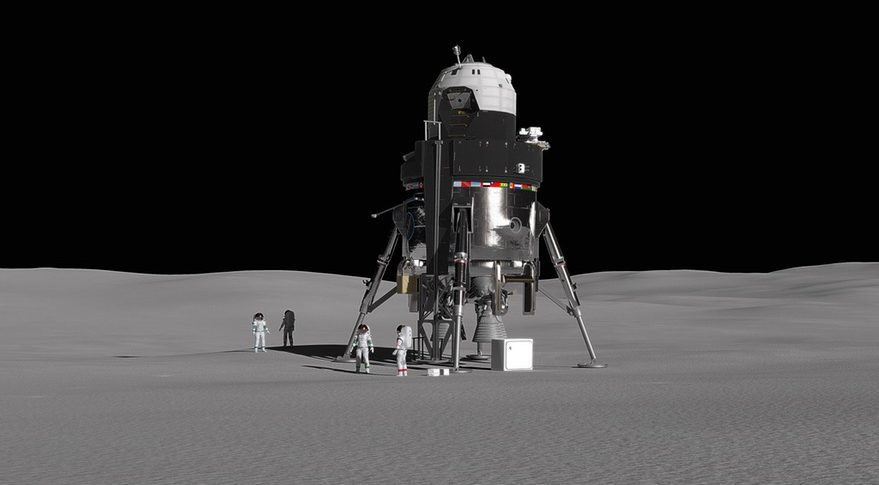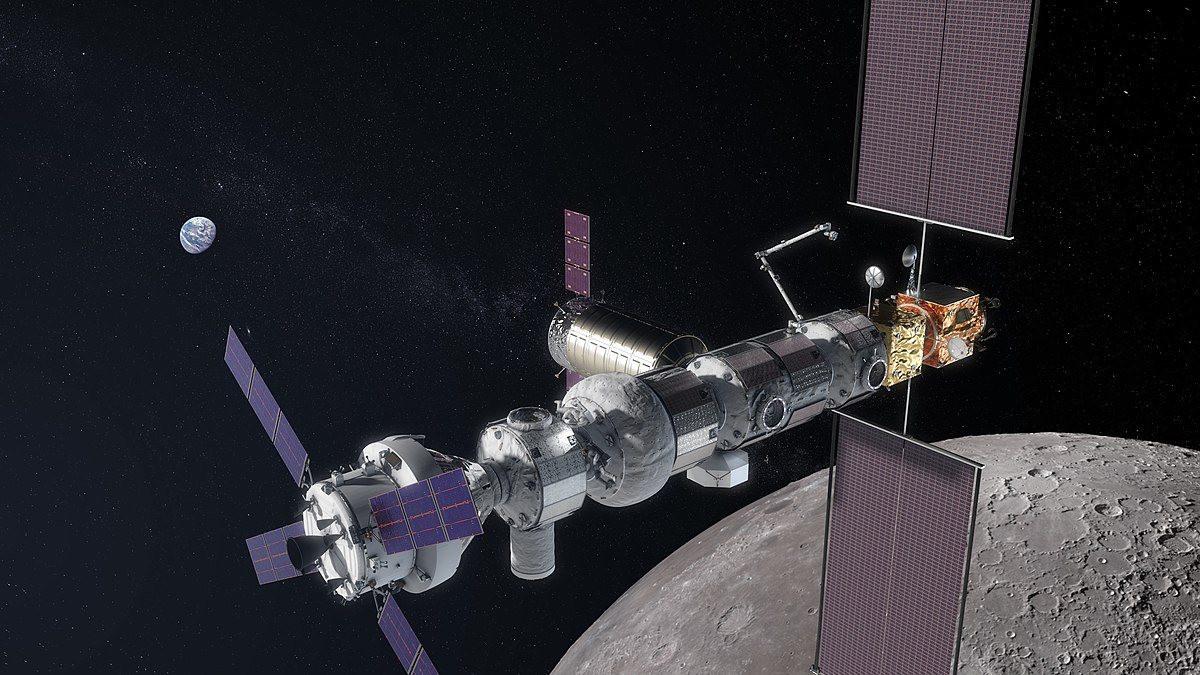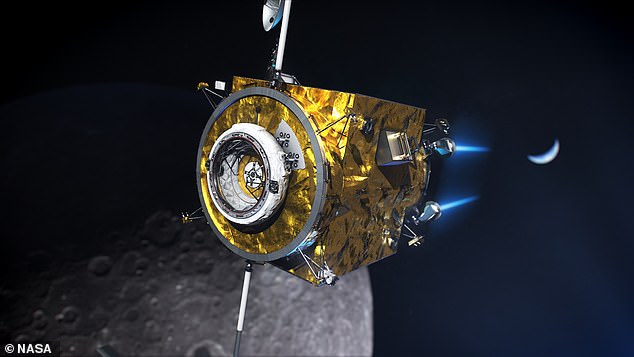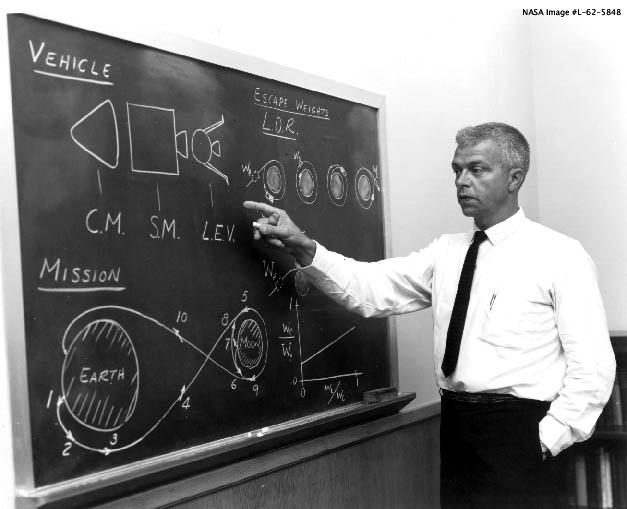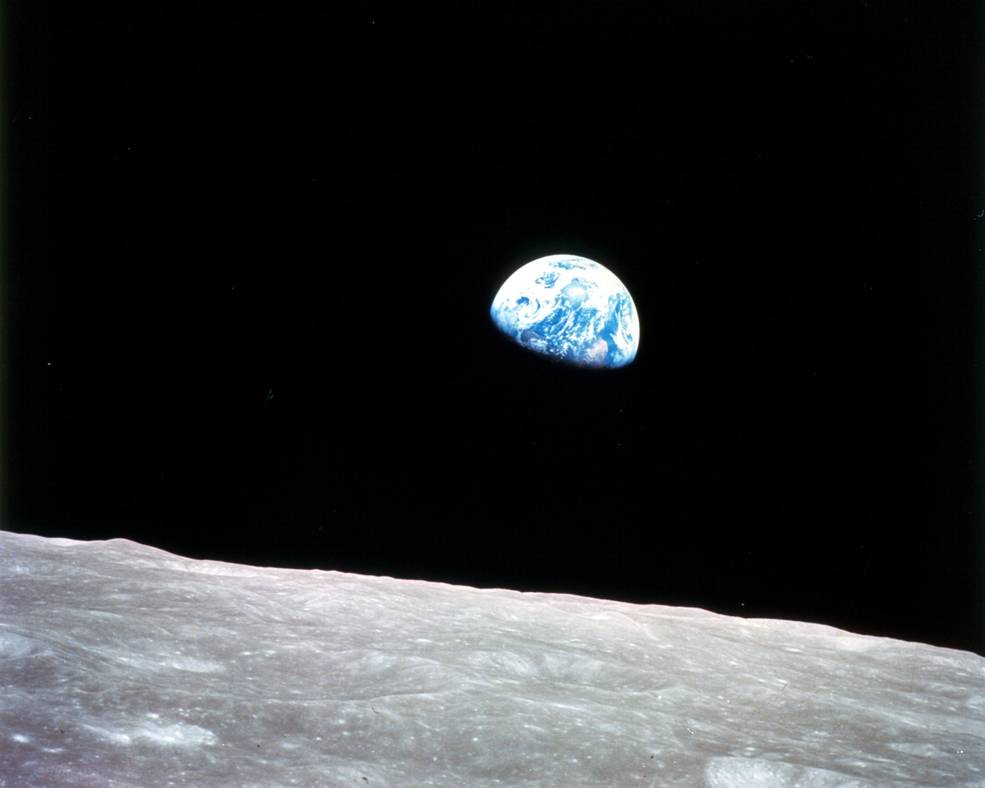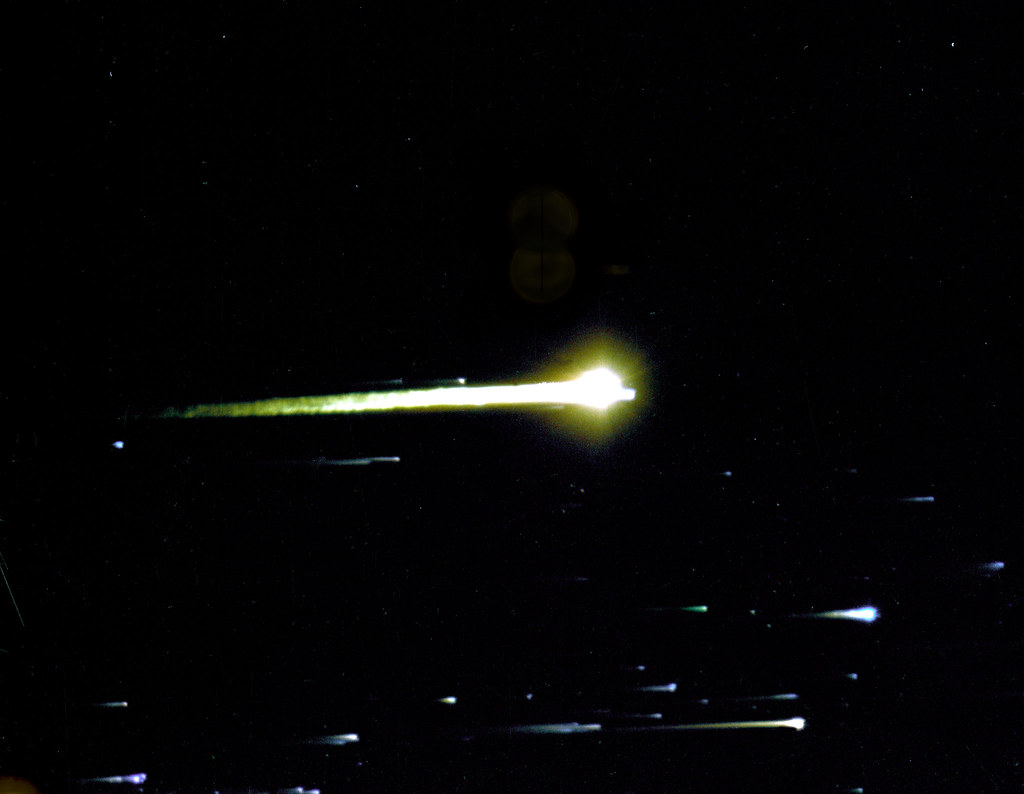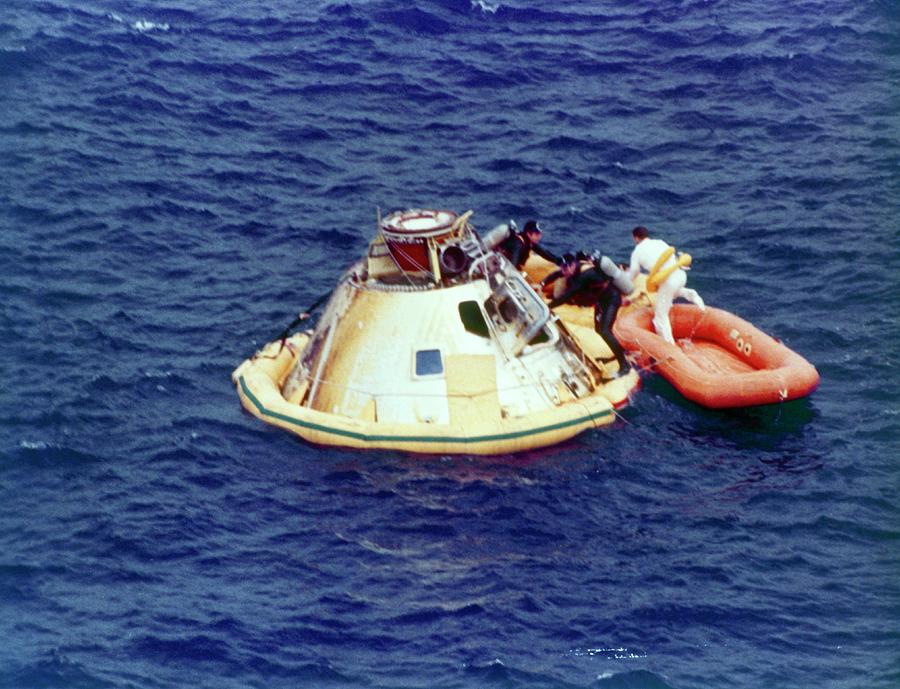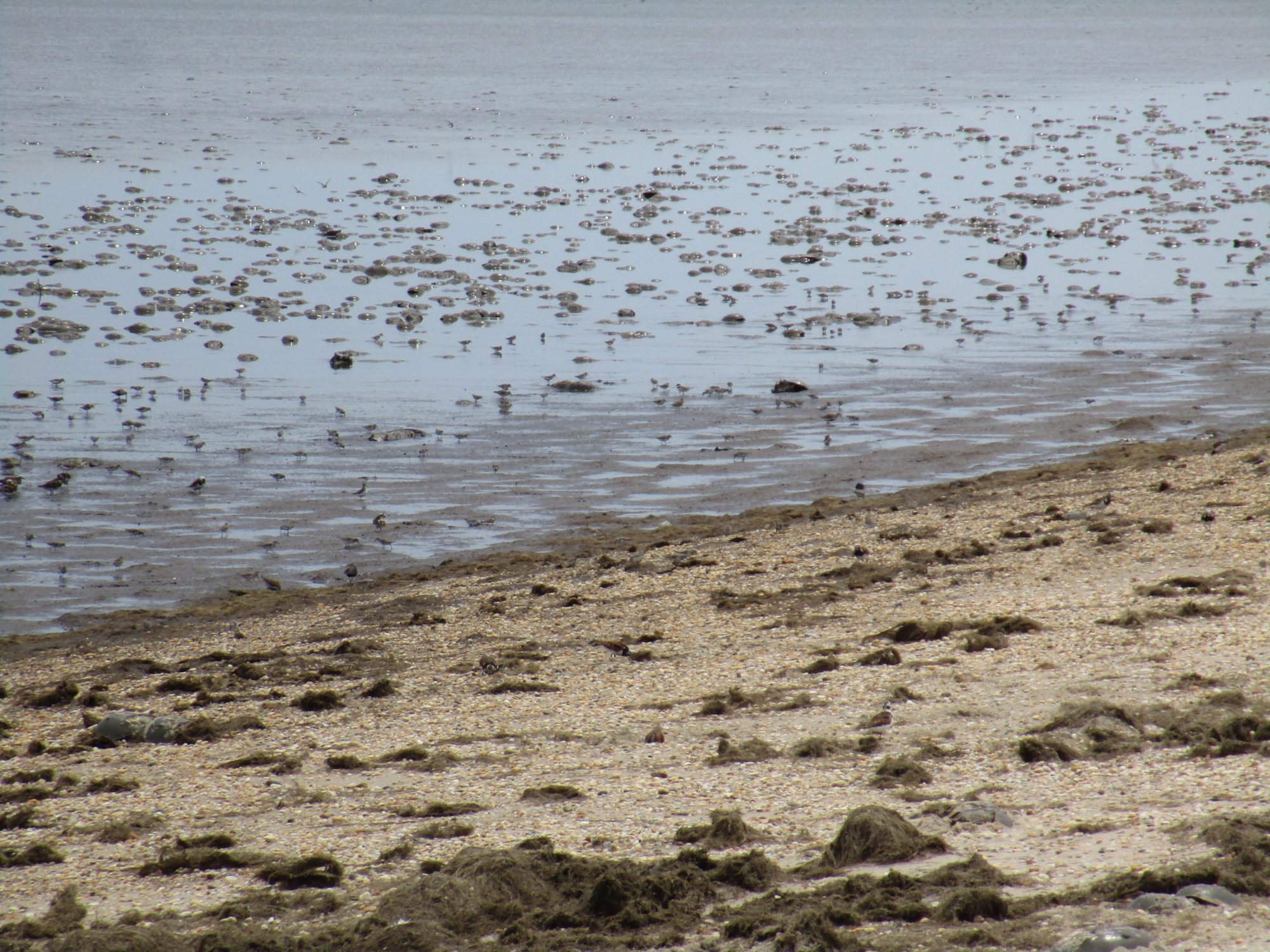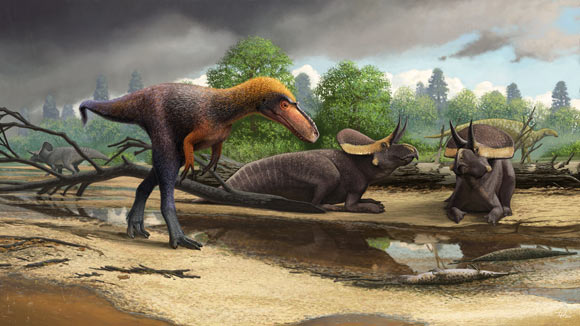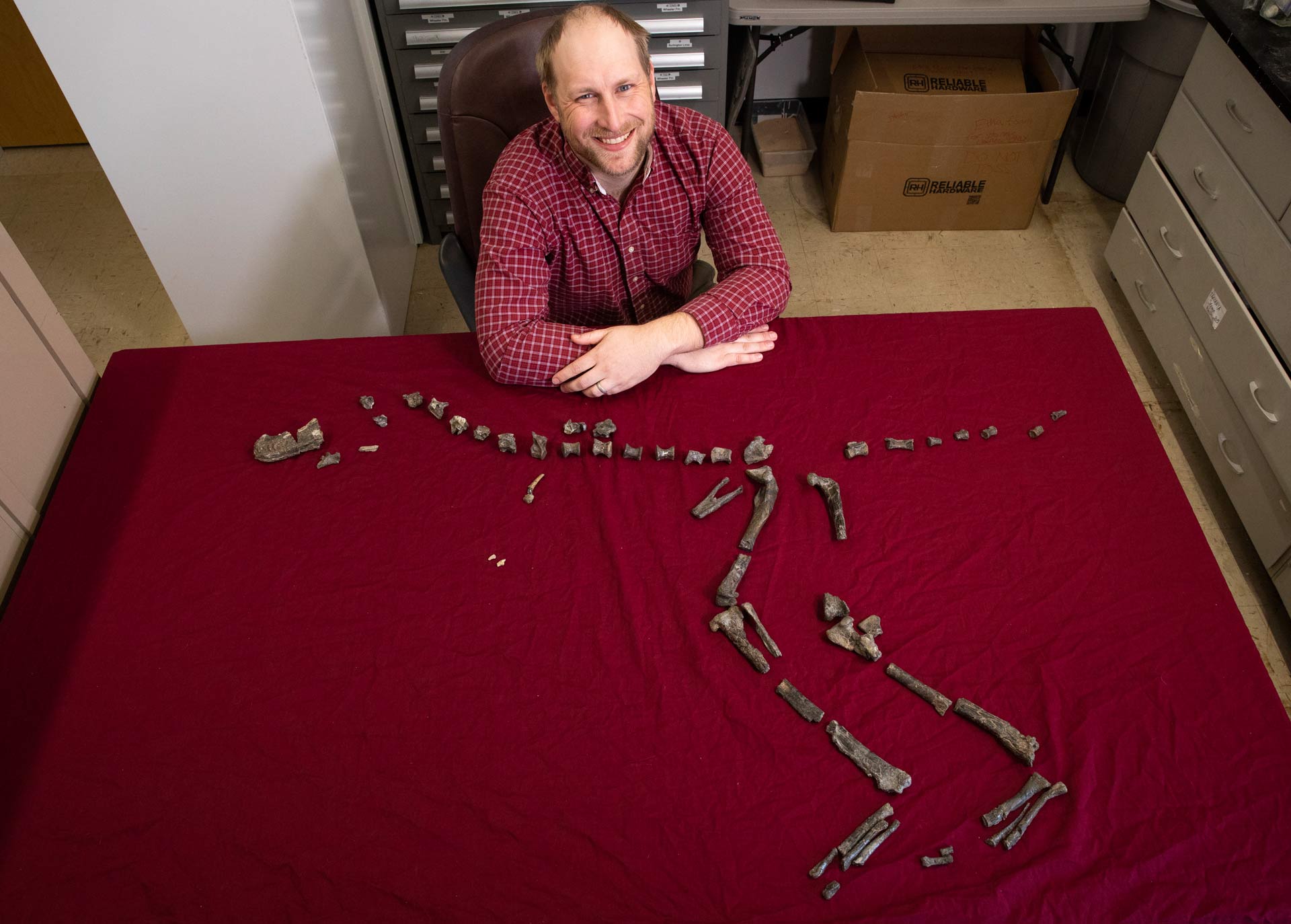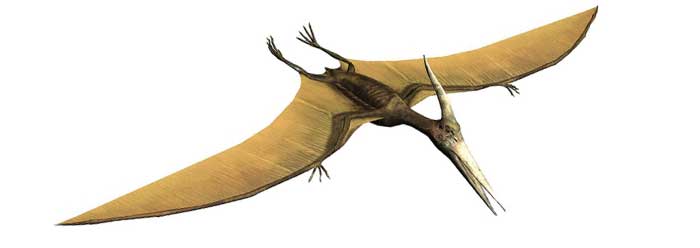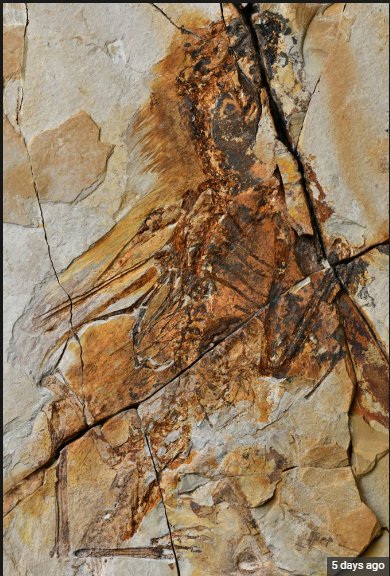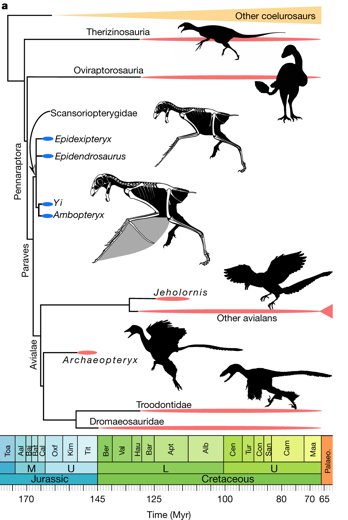This is the eight and final post in a series celebrating the fiftieth anniversary man’s first landing on the Moon. In this post I will discuss the mission of Apollo 11 and the contribution of all of those who contributed to the achievement of mankind’s oldest, greatest dream.
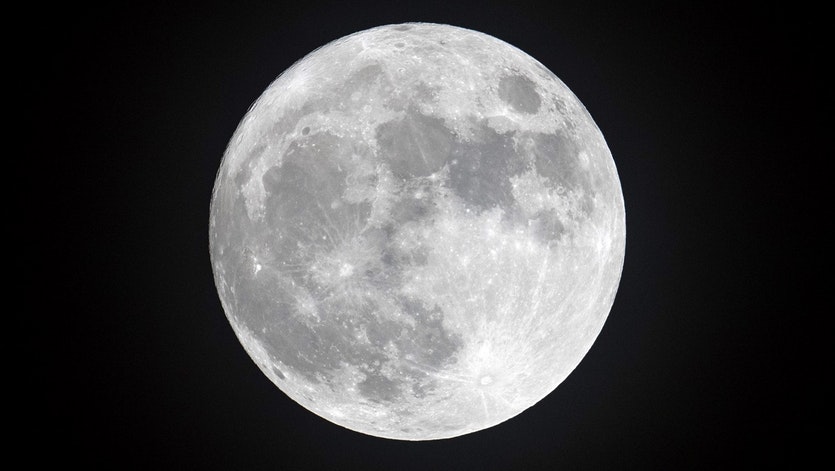
Whoever was the first human being to imagine going to the Moon is lost in the mists of prehistory but we know that the Roman poet Lucretius wrote a story about traveling to the Moon in a dream during the first century BCE. Other similar dream like stories where occasionally written during the next sixteen hundred years before the French author Cyrano de Bergerac penned the first non-supernatural trip to the Moon around 1662. In Cyrano’s ‘Comical History of the States and Empires of the Moon’ the trip from Earth was made using balloons and, get this, rockets!

Starting in the late 19th century the pace of Moon travel stories picked up with Jules Verne and H. G. Wells penning the best-known novels. 20th century stories about going to the Moon are too numerous to mention but you take my point, people have been wondering about the Moon, dreaming about what it would be like to travel there ever since we’ve been human. Indeed, in my own opinion, the sense of wonder and mystery that we feel when we look up at the night sky is the key difference between our animal ancestors and ourselves.
Starting in the early 20th century there were other sorts of dreamers thinking about the Moon, dreamers with training in mathematics or engineering. Men like Constantine Tsiolkovsky, Robert Goddard and Herman Oberth who began to consider how a trip into outer space could actually be accomplished. Men who began working on the designs and technology of the rockets that would be needed to take a man to the Moon.

In my previous posts about the Space Race I’ve mentioned the names of Werner von Braun and Sergei Korolev as the two men who built the rockets that took us into space and it’s worth noting that van Braun knew Oberth very well and Korolev read all of Tsiolkovsky’s writings as a student in the Soviet Union.
So it was that during the middle of the 20th century the technology needed to reach the Moon was within reach. Getting to the Moon was going to take more than just good engineers however; it was going to take money, lots of it, and the political will to provide that money.
Enter the space race, a contest of will between the two opposing superpowers of the United States and the Soviet Union. A test of two ideologies each determined to prove to the rest of the world that their way of life was superior. As I have written in my earlier posts, the race began when the Russians succeeded in surprising the world by launching Sputnik before the Americans even attempted to put a satellite into space.
When President Kennedy announced NASA’s goal of reaching the Moon he didn’t explicitly give the space race a finish line, the Russians never admitted to being in the race after all. Nevertheless the race was on and by the beginning of 1969 the Americans were on the verge of meeting Kennedy’s challenge while the Soviet Union’s space program was beset with a string of failures.

Which brings me to Apollo 11 and its crew of Neil Armstrong, Edwin ‘Buzz’ Aldrin and Michael Collins. Armstrong and Aldrin would be the two astronauts who would make the final descent and landing in the Lunar Module (LM) while Collins remained aboard the Apollo Command and Service Modules (CSM) in Lunar orbit.

The mission of Apollo 11 began on the 16th of July at 13:32 UTC as the Saturn V rocket rose from launch pad 39A at Cape Kennedy. After spending an orbit checking out their spacecraft Apollo 11 reignited the engine on their S-IVB stage at 16:22:13 UTC in order to break free of Earth’s gravity and send the three crewmen on their way to the Moon.

Apollo 11 entered lunar orbit three days later on the 19th at 17:21:50 UTC and Armstrong and Aldren began preparing the LM for the last, historic leg of their journey. The LM began its descent at 17:44 UTC on the 20th.
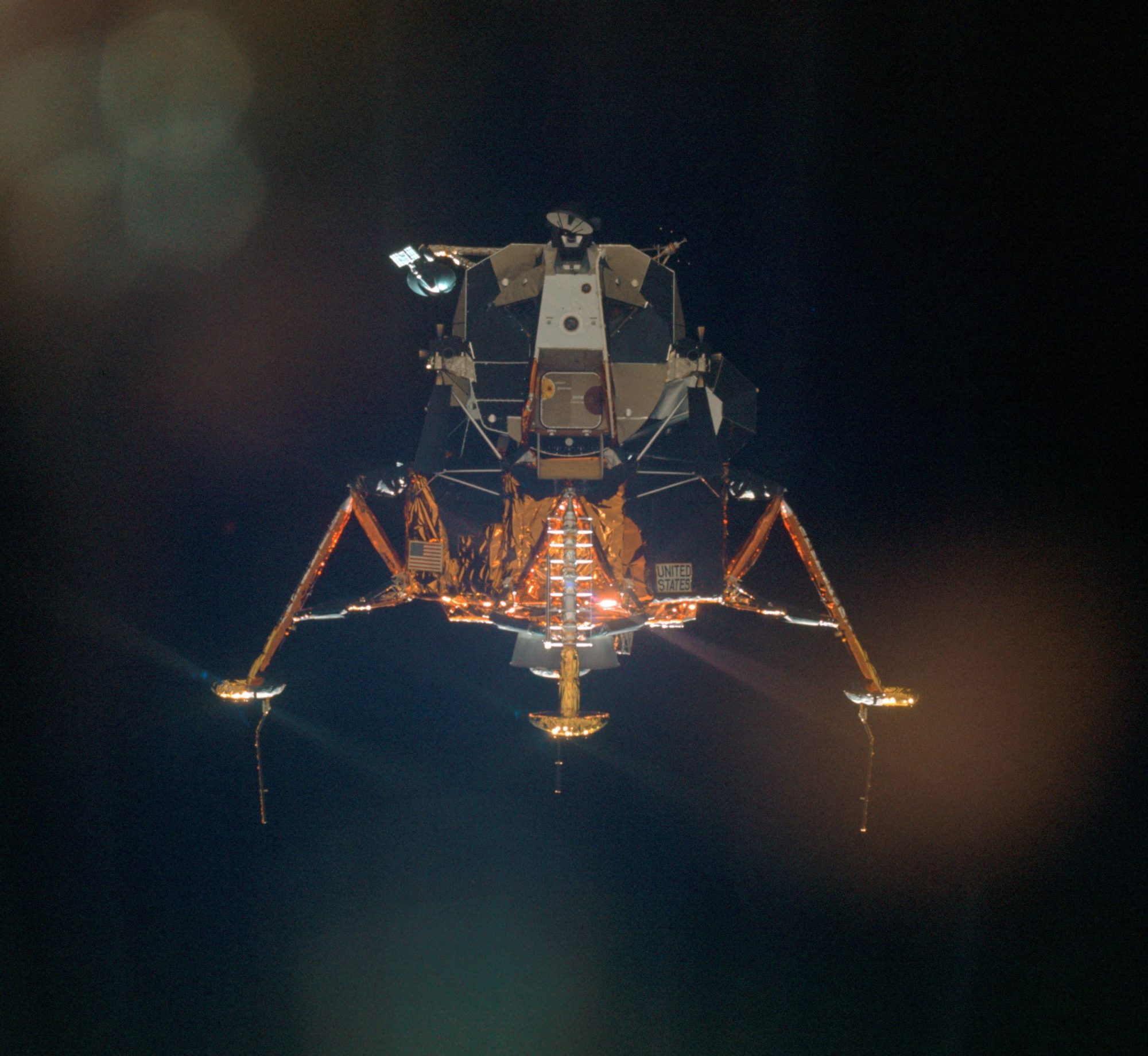
Much has been said about the last few seconds of that descent. It wasn’t until several days later that the general public learned that the LM’s autopilot was sending the craft straight into a large crater filled with dangerous boulders. With the total lack of nerves for which he was known even among his fellow astronauts, Armstrong took manual control and flew the LM several kilometers farther, finally finding a suitable landing area with only about 25 seconds of fuel remaining in the craft.
Human beings landed on the Moon for the first time on 20 July 1969 at 20:17:40 UTC. At 02:51 on the 21st, Armstrong squeezed out of the LM’s landing hatch and began climbing down the nine rung ladder. Stopping long enough to pull a D-ring that opened an equipment storage panel Armstrong activated a black and white TV camera that sent the momentous images back to Earth for all humanity to watch.
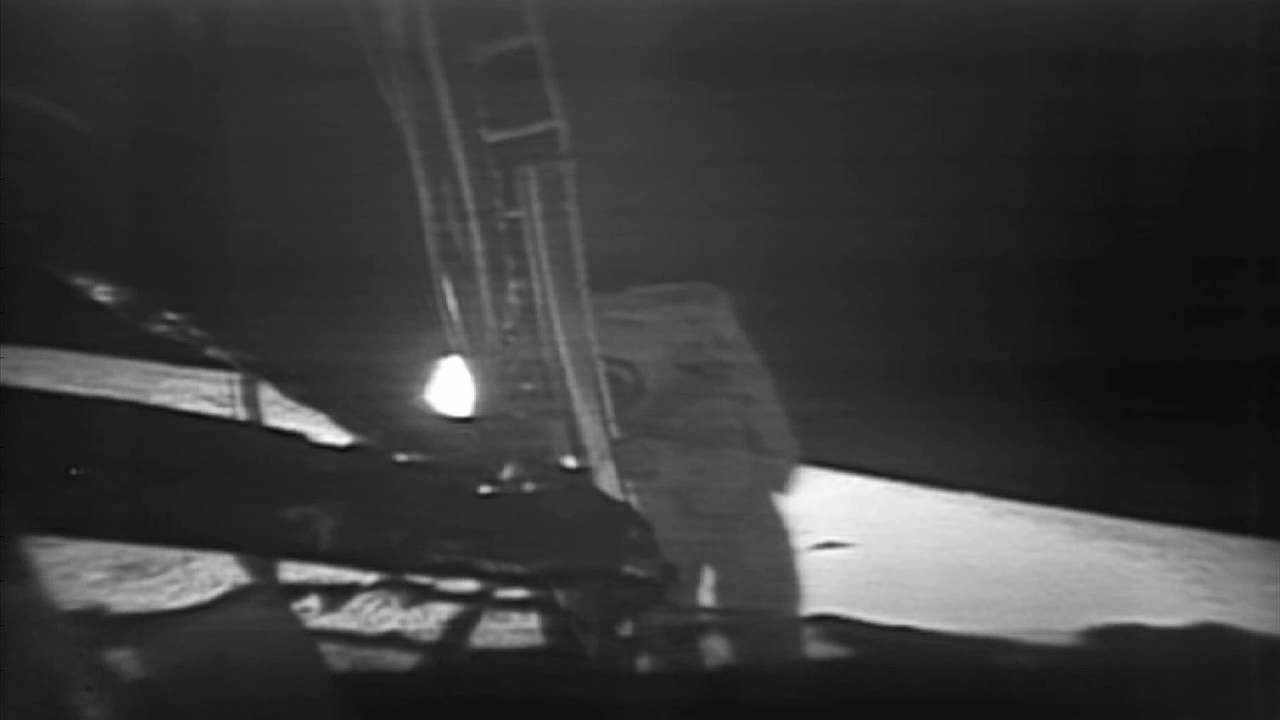
As he stepped off the LM’s landing pad and made the very first footprint on the Moon Armstrong said the words that have now become history. “That’s one small step for a man, one giant leap for Mankind.” Much has been said over the last 50 years about the missing “a” in the first phrase. Did Armstrong forget himself for an instant and not say it, did a radio glitch cause it to get lost. It doesn’t matter the sentiment is exactly right.
Armstrong was soon joined by Aldrin on the Lunar surface and for a little over two hours the astronauts gathered about 45 kg of Lunar rocks and soil for analysis back on Earth. They also deployed a number of science experiments that included a seismograph and a Laser reflector. The astronauts returned to the cabin of the LM and closed the hatch at 05:01 UTC.
After a sleep period of seven hours, mission control in Houston woke the astronauts and they prepared for their liftoff for the Moon’s surface. Liftoff took place at 17:54 UTC. In all the astronauts spent 21.5 hours on the Lunar surface.
Returning to orbit around the Moon the LM rendezvoused with the CMS at 21:24 UTC. The Moon walkers spent the next two hours transferring all of their samples along with the film that they had taken before jettisoning the LM module. The LM would later be remotely directed to crash back onto the Moon’s surface so that the seismograph the astronauts had left behind could detect the vibrations. Analyzing those vibrations would tell geologists a great deal about the structure of the Moon’s interior.
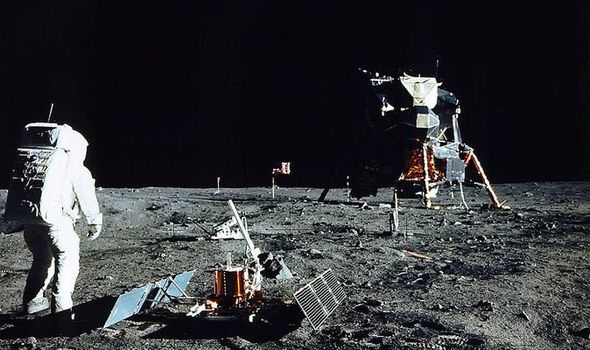
With the entire Apollo 11 crew now reunited in the CSM the preparations began for the engine burn that would return the astronauts to Earth. After leaving Lunar orbit the three-day journey back to Earth passed uneventfully. The Apollo 11 Command module, with the three astronauts and their cargo of the first ever samples of a extraterrestrial body splashed down in the Pacific Ocean 2,660 kilometers to the east of Wake Island at 16:51 UTC on the 24th of July. The total mission duration was 8 days, 3 hours and 19 minutes but in another sense the journey of Apollo 11 had really begun when the first human gazed at the Moon and wondered.
So mankind’s greatest journey came to an end, ten more American astronauts would later walk on the Lunar surface in the next two and a half years but of course it is Apollo 11 that is the best remembered. Eugene Cernan would be the last man to walk on the Moon in December 1972. At the time no one would have imagined that after the triumph of Apollo that 47 years would pass without another human being going any further than Low Earth Orbit (LOE).
So what happened to the spirit of Apollo? What happened to man’s insatiable curiosity? Why haven’t we gone on, beyond Apollo, beyond the Moon?
In some sense we have. Since Apollo we’ve sent robotic probes to every planet along with moons, comets and asteroids. Robotic probes are both far cheaper and less risky since there’s no need to keep fragile human beings alive so to a large extent robots have taken over the role of explorer from human beings.
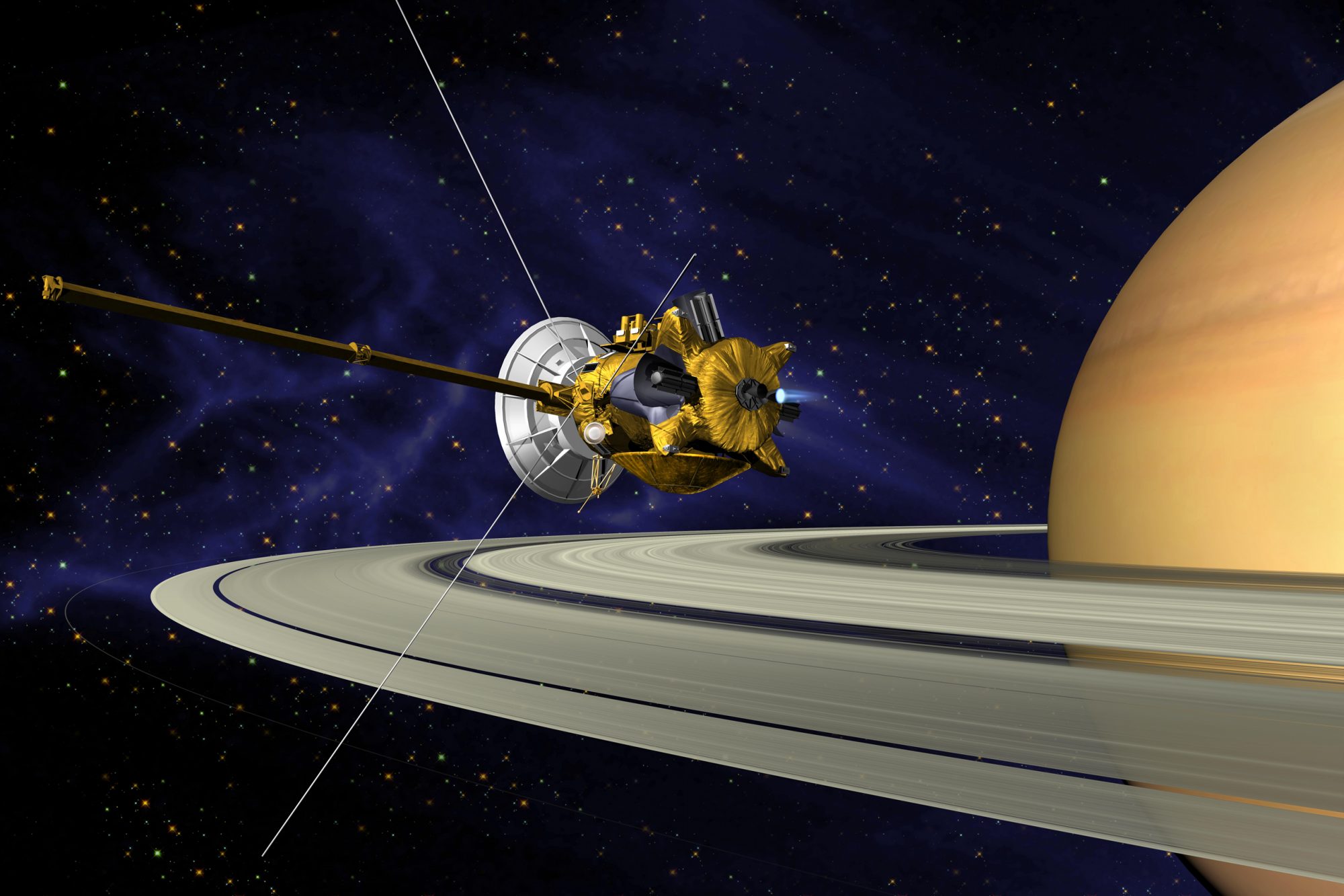
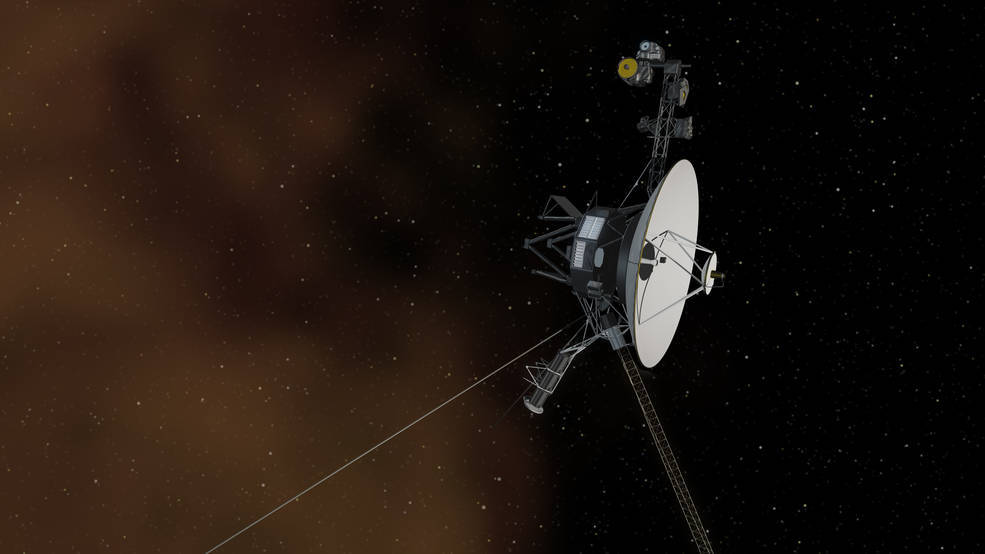
There’s also been a lot of political turmoil, the Soviet Union of course actually collapsed in the 1990’s. Meanwhile here in the United States it has seemed as if every new President that gets elected has a new goal for NASA to pursue, with the result that NASA gets nowhere.
Whatever the cause of this 40 year pause in manned space exploration it does seem to be coming to a close. NASA is nearing completion of the Orion manned Capsule and the Space Launch System for exploring beyond LOE. Meanwhile China is slowly but slowly but surely progressing with their space program and, perhaps most importantly commercial companies like Space X and Boeing are about to send people into space.
The Space race is once again picking up its pace, and this time a return to the Moon or a voyage to Mars will not be a one shot deal just to demonstrate we can do it. Next time it will be the beginning of a permanent human presence, the beginning of the human colonization of outer space.
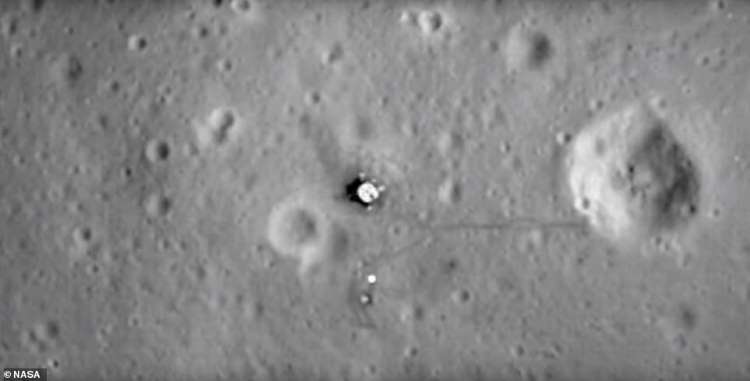
And I promise that I’ll keep you informed of all of the developments here on ‘Science and Science fiction’.

















